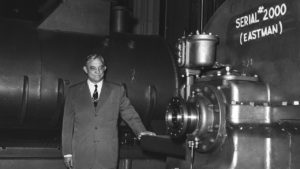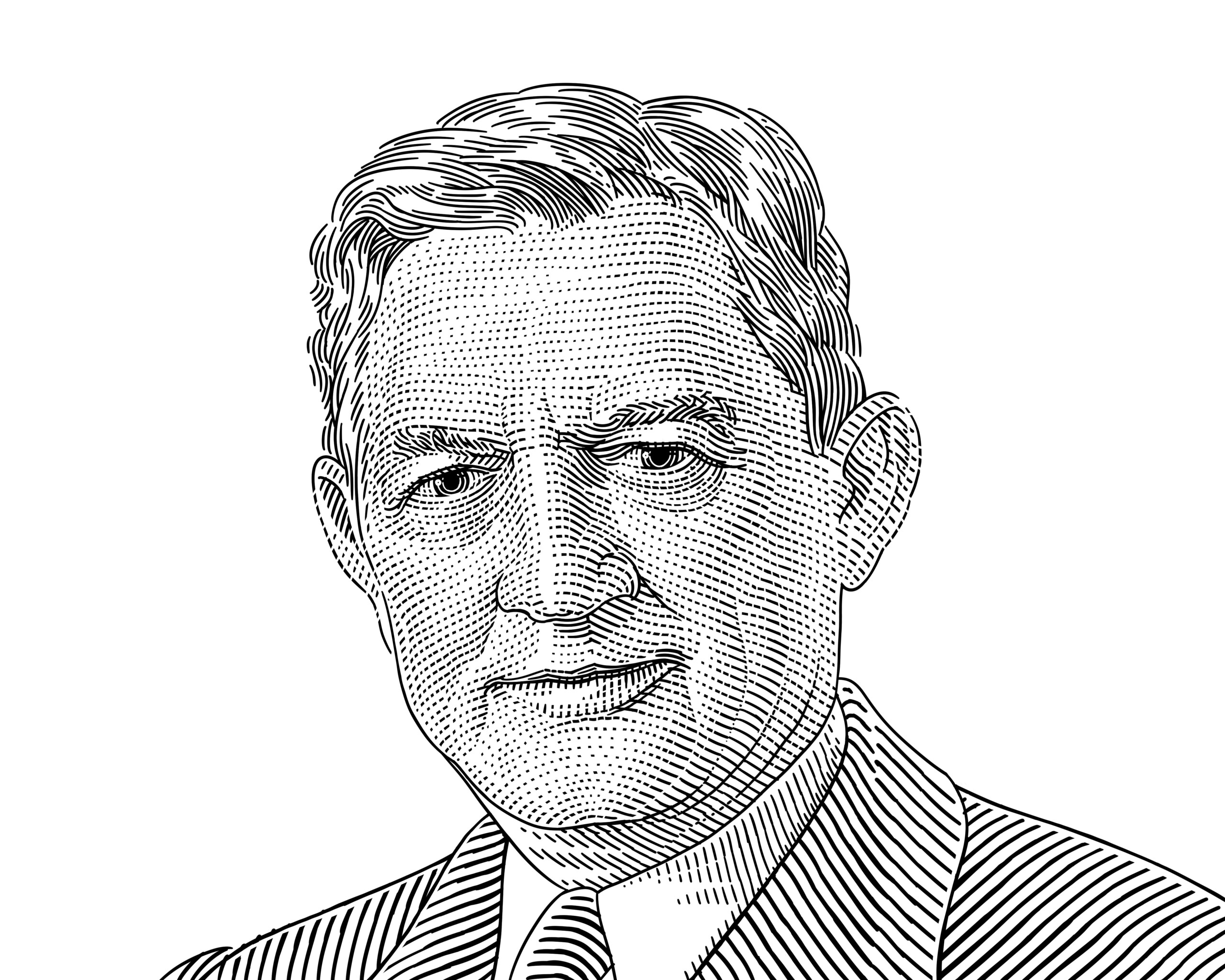Today marks the 23rd installment in a series of articles by HumanProgress.org titled, Heroes of Progress. This bi-weekly column provides a short introduction to heroes who have made an extraordinary contribution to the well-being of humanity. You can find the 22nd part of this series here.
This week, our hero is Willis Haviland Carrier, the American engineer who created the first modern air conditioning unit. The invention provides us respite from the summer heat; enabled our species to inhabit previously inhospitable places; increased work productivity when installed in factories and offices around the world; and saved millions of people from suffering heat-related deaths.
Willis Carrier was born on his family farm in Angola, New York on November 26, 1876. Carrier attended Central High School in Buffalo, New York and, in 1897, he won a four-year state scholarship to attend Cornell University. In 1901, Carrier graduated from Cornell with a BSE (Bachelor of Science in Engineering) in electrical engineering. In the same year, he began working as a research engineer for Buffalo Forge Company, a business based in New York that designed and manufactured steam engines and pumps.
Carrier spent the first few months of his new job working on a heating system to dry lumber and coffee. In 1902, Sackett-Wilhelms Lithographing & Publishing Company asked Buffalo Forge to devise a system to control humidity in the former’s factory. The high temperatures and humidity levels in the Sackett-Wilhelms printing factory meant that the printing paper would often soak up moisture from the air, which in turn caused the paper to expand. That was a problem, because the colors used in the printing process became misaligned when the paper changed its size, thus ruining the production process.
Carrier decided to tackle this problem. By doing so, he ended up creating the world’s first air conditioning unit in 1902. Carrier’s invention controlled the temperature, humidity and air circulation, while also cleaning the air at the Sackett-Wilhelms printing factory. It worked by drawing in air through a filter, passing the air over coils filled with coolant, and then venting the newly cooled and dehumidified air back out. That year, the New York Stock Exchange became the first building to be air-conditioned. On January 2, 1906, Carrier was issued with a patent for an “Apparatus for Treating Air.”
In 1915, after the Buffalo Forge Company decided to focus solely on manufacturing rather than design of new products, Carrier and six other engineers pooled their life savings of $32,600 (or $826,800 in today’s money) to create the Carrier Engineering Corporation. With his new company, Carrier began to expand the use of air conditioning units by supplying hotels, department stores, movie theaters and private homes. His units were even installed in the White House, the U.S. Congress and Madison Square Garden.
After experiencing financial problems as a result of the outbreak of the Great Depression, Carrier’s corporation merged with Brunswick-Kroeschell Company and York Heating & Ventilating Corporation to form the Carrier Corporation, with Carrier as Chairman of the Board. Carrier spent the rest of his life improving the design and functionality of his air conditioning units. He died on October 7, 1950 in New York City.

Carrier passed away before he was able to witness the immense surge in popularity of air conditioning during the post-war economic boom of the 1950’s, which saw air conditioning quickly spread across the United States and to other parts of the world. Thanks to Carrier’s invention, humanity was able, for the first time in its history, to consistently and accurately control the weather inside of buildings.
As the University of Rochester economist Walter Oi wrote, in machine shops, labor productivity is at its peak at 65 degrees Fahrenheit with humidity between 65 and 75 percent. Productivity is 15 percent lower at 75 degrees Fahrenheit and 28 percent lower at 86 degrees Fahrenheit. Moreover, work accident rates are 30 percent higher at 77 degrees Fahrenheit than at 67 degrees Fahrenheit. It was the introduction of air-conditioning, he argued, that caused value-added per employee in manufacturing in the American South to increase from 88.9 percent of the national average in 1954 to 96.3 percent of the national average in 1987.
Even more striking, Oi noted, was the impact of air-conditioning on U.S. mortality rates, which used to be higher in summer and winter than in spring and fall, and much higher in the U.S. South than in the U.S. North. In 1951, the infant mortality rate in the South was 45 percent higher than in New England. By 1990, it was only 13 percent higher.
In 1942, Carrier was awarded an honorary Doctor of Letters degree by Alfred University. In the same year, he was given the Frank P. Brown Medal – an award for excellence in engineering and science. In 1985, Carrier was posthumously inducted into the National Inventors Hall of Fame. Since its creation, air conditioning has saved and improved millions of lives. It is for those reasons that Willis Haviland Carrier is our 23rd Hero of Progress.



